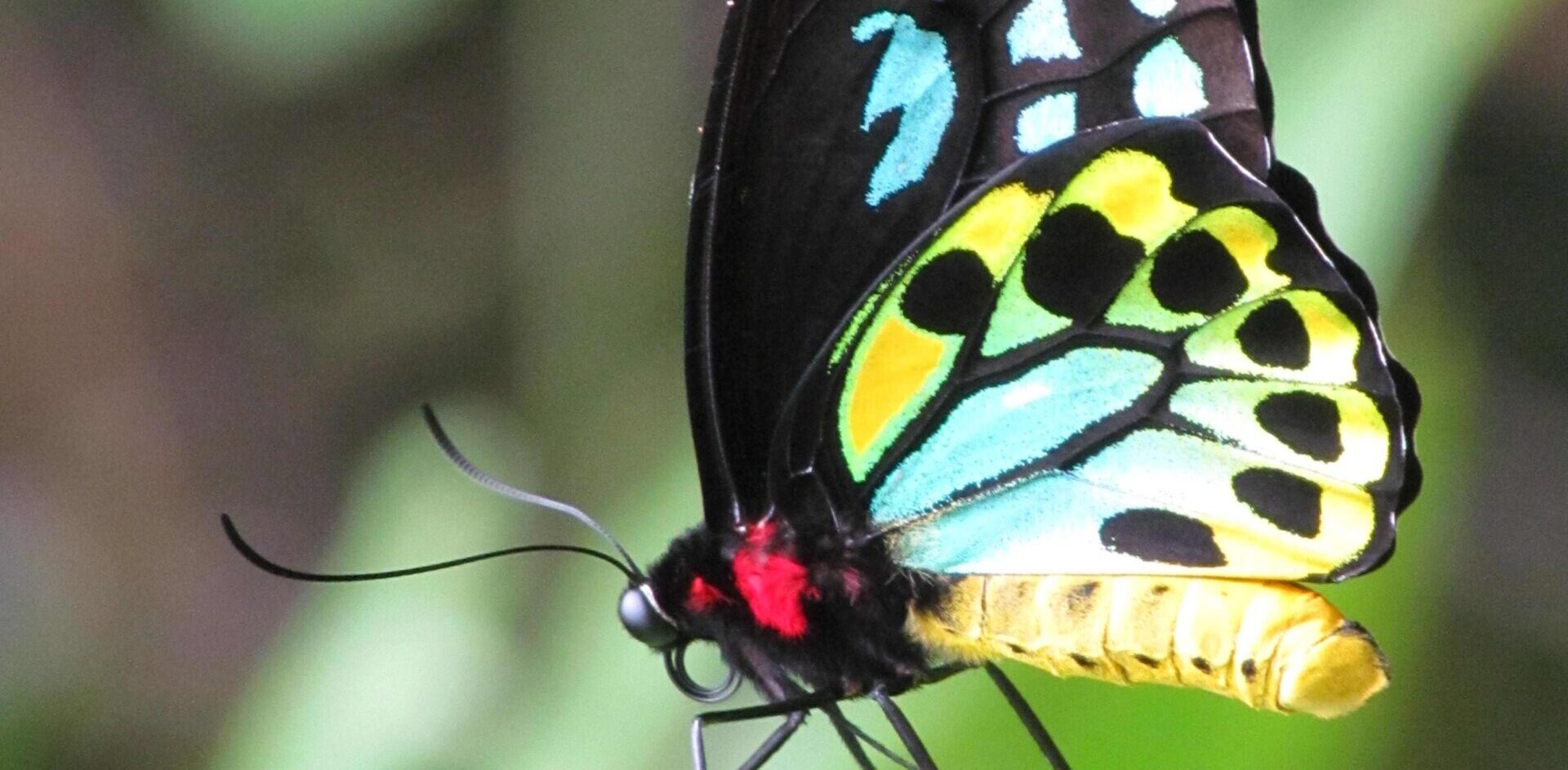Left: Carnaby’s black cockatoo (Zanda latirostris), Right: Red flowering gum (Corymbia ficifolia), an endemic species to southwest WA.Photo credits: Lori-Ann Shibish and Colin Ingram Esperance Wildlife Sanctuary Inc Western Australia • CHADWICK In 2021 we purchased our 12-acre property that was part of a 1980s subdivision, partly cleared to run...
Marcus is a Swedish photojournalist and writer who has spent much of the last decade covering conservation issues in Africa, Asia and Scandinavia, primarily focusing on our relationship with the natural world. His work is regularly featured in publications such as the New York Times, Washington Post Magazine, bioGraphic, GEO and BBC Wildlife Magazine.
Marcus has won numerous photography awards, including the journalism prizes in the Siena Awards and European Wildlife Photographer of the Year. He is a Senior Fellow of the International League of Conservation Photographers, a Sony Imaging Ambassador and an Advisory Board member of Girls Who Click and Prints For Wildlife. HSI thanks Marcus for his contribution to our campaigning. Images including prints for purchase are available at marcuswestberg.photo
The first time I set foot in Kahuzi-Biega, almost ten years ago, dominant silverback Chimanuka quite literally brushed up against me. This wasn’t because I didn’t respect the minimum distance requirements, but because he didn’t; I was backed up against a thorny bush to give him the space he so clearly took for granted that he would be given. Since the veterinarians from Gorilla Doctors I was there with estimated his weight to be well over 250 kilos, I definitely wasn’t going to argue. Though there was no actual danger —gorillas are highly intelligent and not prone to aggression—my heart definitely skipped a few beats. Over the years I hiked through the dense vegetation to visit Chimanuka and his family at least a dozen times.
Coming face to face with gorillas never gets old, and one encounter is never the same as any other. As much as I love spending time with lions, leopards and elephants, this is something else entirely. Facial expressions, hand gestures and body language are not all that different from our own. Personalties are easy to see, as are moods. While some of the youngsters are cocky and boisterous, Chimanuka mostly tolerated visitors with dignity, pretending that they weren’t there. Once, however, I saw him get up and turn his back to a group of photographers before sitting down again in the exact same spot, though whether because he was tired of the noisy clicks or because he simply had a bad hair day I couldn’t say. These close cousins of ours deserve our admiration and respect, and so do the people who keep them safe, sometimes putting their own lives on the line.
From active anti-poaching to community outreach, education and employment opportunities, the park’s rangers, trackers and administrators are absolutely essential for Kahuzi-Biega’s non-human inhabitants, and it is thanks to them that there are any gorillas left to protect in the first place. Unlike their better-known cousins, most Grauer’s gorillas live outside the region’s national parks. This makes them incredibly vulnerable, and it makes their one stronghold —Kahuzi-Biega National Park—even more crucial for their survival.
If you would like to donate to our anti-poaching campaign and HSI’s work please click the button below.


